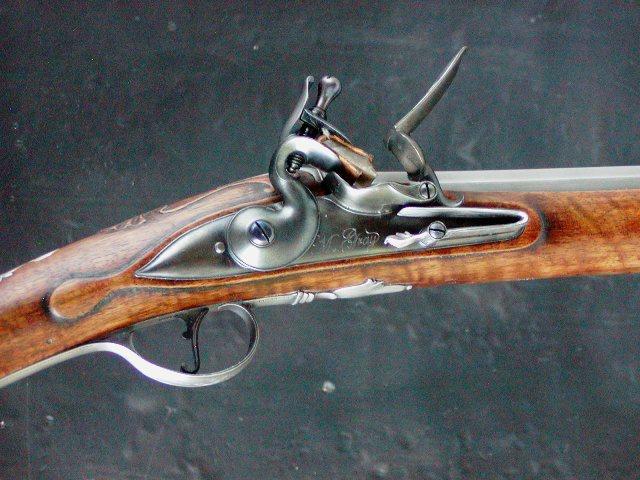Because 12L14 is cold rolled steel, non-descript, lead-alloyed, easily machinable stock. No steel mill would ever recommend it for the manufacture of rifle barrels, because it has several characteristics that would make it highly undesirable for centerfire applications.
This doesn't matter much for normal use in a thick walled, relatively low-pressure black powder-only barrel, and since 12L14's excellent machineability makes it much easier to bore, rifle, and machine barrels out of it than out of chromoly steel, it has gained widespread use in the industry.
However, such trifles matter when things go pear-shaped, and a clumsy user ventures into experimental rocketry thanks to a forgotten ramrod, a double charge, a short started ball, or any such shenanigans: here, the safety factor can get pretty slim, and sometimes fall below 1, the magic number.
I'm looking to make a light rifle in .62. This means a big hole in as-thin-as-possible a barrel profile.
This is why it matters to me that my barrel is made of a material more suited to the application than 12L14...








